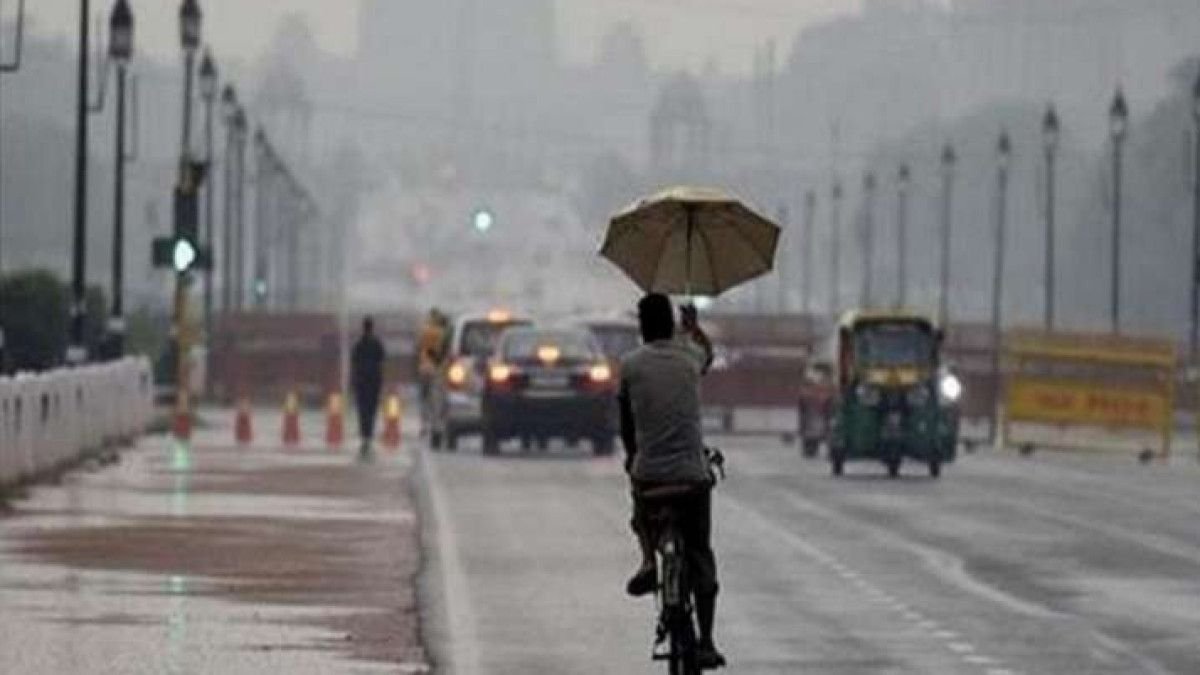Eid Al-Fitr: A Spiritual Celebration Marking the End of Ramadan

Eid Al-Fitr, also known as the Festival of Breaking the Fast, marks the end of the holy month of Ramadan. It is one of the two major festivals in the Islamic faith and is celebrated by Muslims worldwide. Eid symbolizes spiritual renewal, unity, and the joy of completion after a month of fasting, reflection, and devotion.
Key Highlights:
The Significance of Eid Al-Fitr

Eid falls on the first day of Shawwal, the 10th month of the Islamic lunar calendar. The exact date of Eid Al-Fitr varies each year, depending on the sighting of the new moon by religious authorities. The celebration begins with the Eid Al-Fitr prayer, a special ritual that not only marks the end of fasting but also emphasizes unity, gratitude, and charity.
The History of Eid Al-Fitr

The first Eid Al-Fitr was initiated by Prophet Muhammad (PBUH) in 624 AD, two years after his migration from Mecca to Medina. During this time, Muslims were encouraged to engage in acts of charity, such as Zakat Al-fitr, which must be given before the Eid prayer to ensure that the less fortunate can participate in the celebrations.
Eid Prayer: The Heart of the Celebration

Although not obligatory, the Eid prayer is a highly recommended sunnah. It is performed at dawn on the first day of Eid, and Muslims gather in large congregations to express their thanks to God for the strength and patience shown during Ramadan. The prayer is typically performed outdoors in open spaces, in line with the Prophet’s tradition.
Before the prayer, it is sunnah to eat something, usually dates, as the Prophet (PBUH) practiced. Fasting on Eid is forbidden, and Muslims are encouraged to dress in their finest, new clothes as a sign of respect and reverence for the celebration.
The Takbir: Praise for Allah

On the way to the Eid prayer, Muslims recite the Takbir loudly and in unison, praising Allah:
Allāhu Akbar, Allāhu Akbar, Allāhu Akbar. Lā ilāha illà l-Lāh. Allāhu Akbar, Allahu akbar, wa-li-l-Lāh al-hamd.
This phrase means, “Allah is the Greatest. There is no God but Allah. Allah is the Greatest, and to Allah belongs all praise.”
The Eid Al-Fitr Prayer

There is no call to prayer (athan) for Eid Al-Fitr. The prayer consists of two rak’ahs (units of prayer). After the opening Takbir, additional Takbirs are recited before the first chapter of the Quran (Al-Fatiha) is recited, followed by another chapter. The number of Takbirs varies depending on the Imam leading the prayer.
The Sermon and Spirit of Ramadan

After the Eid prayer, the Imam delivers a sermon, reminding the congregation of the significance of the celebration. The sermon emphasizes continuing the spirit of Ramadan, particularly through acts of charity and compassion for others.
Eid Celebrations: Sharing Joy with Family and Friends

Following the prayer and sermon, Muslims gather with their loved ones to share meals, give gifts, and celebrate the joyous occasion. The sense of unity, gratitude, and social connection is a core part of Eid Al-Fitr, making it not only a spiritual event but also a time for community bonding.
A Day of Gratitude and Unity

Eid Al-Fitr is a day of immense significance for Muslims, as it brings together spiritual reflection, charity, and joyous celebration. It marks the end of Ramadan and serves as a reminder of the importance of unity, gratitude, and generosity.
Eid Mubarak to all!
The Hindustan Herald Is Your Source For The Latest In Business, Entertainment, Lifestyle, Breaking News, And Other News. Please Follow Us On Facebook, Instagram, Twitter, And LinkedIn To Receive Instantaneous Updates. Also Don’t Forget To Subscribe Our Telegram Channel @hindustanherald







